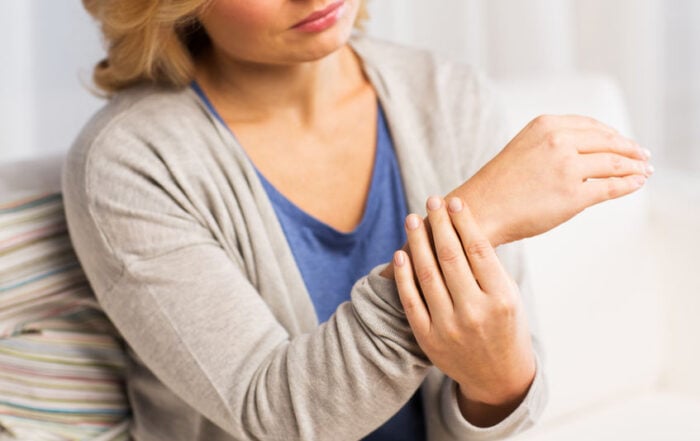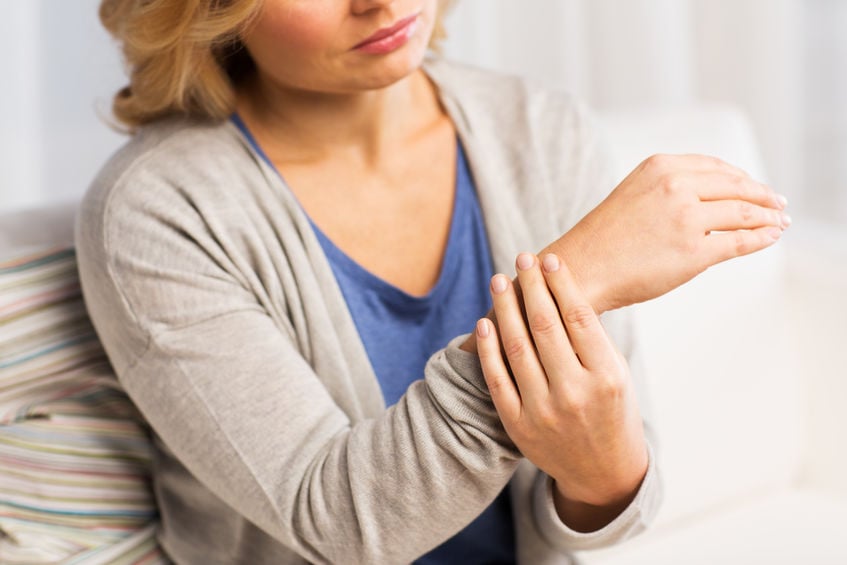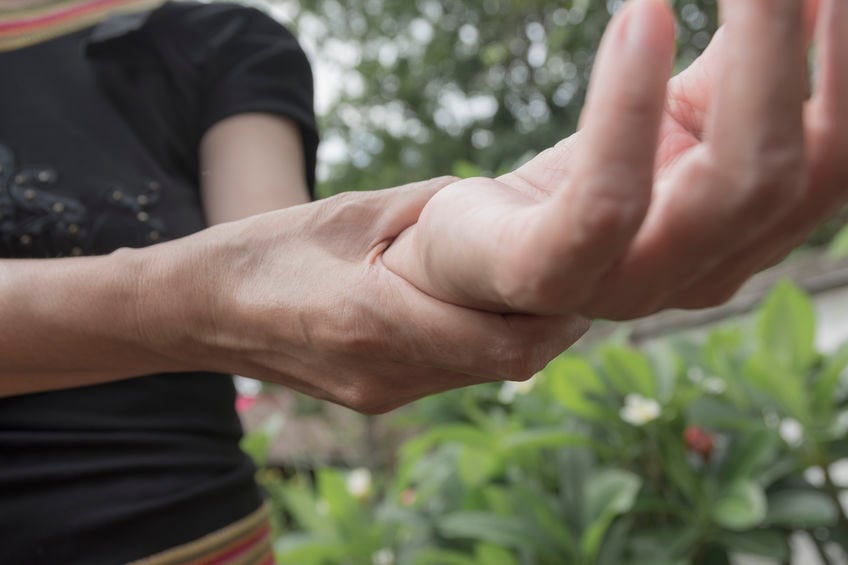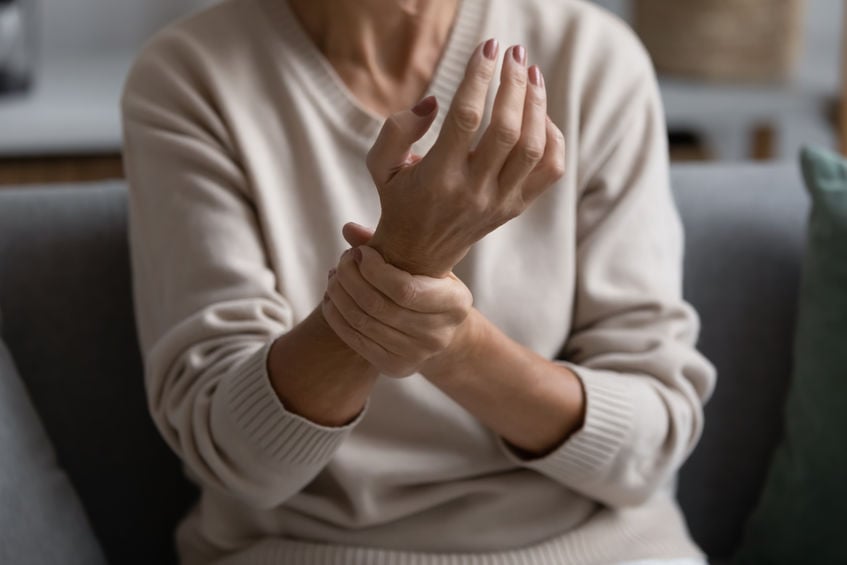Is Your Thumb Sore From Gaming?
The thumb has always been one of the most critical parts of the hand but is even more vital thanks to technology. Thumbs are an essential part of playing video games, using cellphones and laptops. Video games, in particular, are here to stay. About 60% of Americans play at least 13 hours of games weekly. With the tons of hours spent on these devices, pain in the fingers is inevitable. Cases of de Quervain’s tenosynovitis, sometimes called gamer’s thumb, are on the rise. Sore gaming thumbs can be treated in several ways, including surgery.
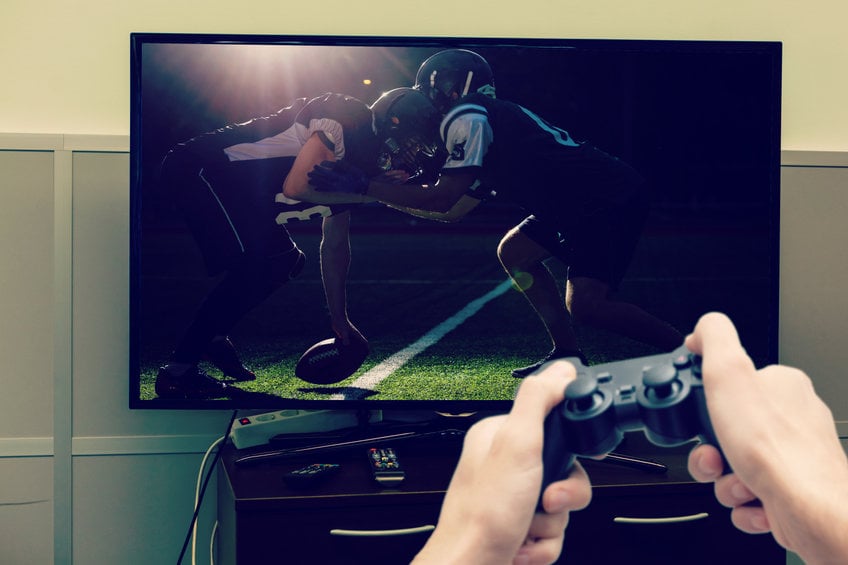
What is de Quervain’s Tenosynovitis?
De Quervain’s tenosynovitis is a repetitive stress injury caused by inflammation of the tendons in the thumb. The tendons at the base of the thumb help with the smooth movement of the digit. A protective sheath covers these tendons, which can become inflamed due to overuse. Banging those controller keys is not the only way to develop de Quervain’s tenosynovitis. Texting, typing, knitting, and some sports can also cause the condition. The inflammation can cause a range of uncomfortable symptoms.
Signs and symptoms
Most people with gamer’s thumb will experience pain and soreness at the base of the thumb. This pain can happen on the wrist side or the palm side. Sometimes, a popping or clicking sensation occurs when flexing the thumb. The pain can happen immediately after gaming or texting for hours. Over time, swelling, redness, and pain that spreads to other parts of the wrist can occur. These signs should be enough to put down the controller and visit a doctor.
Try these remedies first
A doctor or orthopedic specialist will review the thumb and ask questions to confirm the source of the injury. A physical exam can help with diagnosis, and in some cases, an x-ray confirms the condition. From there, the goal is to reduce the swelling and pain quickly. The doctor will recommend anti-inflammatory pain medication and physical therapy. More importantly, is the need to rest the thumb to encourage healing. These 3 steps should get the pain and discomfort under control within a few weeks.
Alternative treatment options
If the pain continues, the doctor will recommend a special splint to hold the thumb in place. Splinting helps heal the thumb after hours of gaming. Other treatments include ice, heat, or steroid injections, reducing inflammation for several weeks. Some patients even opt to try regenerative techniques like platelet-rich plasma (PRP). Continual rest, exercise, and these treatments can help most cases.
Does it need surgery?
Some patients wait too long to address the issue. At this stage, the tendons or tendon sheath could be damaged. Physical therapy and pain medication will not be enough to stop the pain and eventual weakness of the thumb. An orthopedic surgeon may recommend surgery. The procedure provides more space by opening the band of tissue that covers the tendons. The surgeon numbs the hand and makes a small incision on the base of the thumb. Small tools help to carefully cut away the tendon sheath. The final steps involve closing the incision and bandaging the wound.
Back in the game
The pain from de Quervain’s tenosynovitis can make any gamer press pause. Identifying the signs and taking action is key for recovery. A combination of rest, pain management, and physical therapy should help reduce inflammation. If these fail, minimally invasive surgery can help, with recovery taking up to 12 weeks. If gamers or anyone else with prolonged pain fail to act, there is a risk of long-term damage.
Can Lower Back Pain Return After Spinal Surgery? 3 Lifestyle Changes To Get The Most Out Of Fusion
Minnesota Valley Valley Center2024-04-02T14:49:38-05:00April 15th, 2024|
Spinal surgery is an excellent solution for lower back pain, but symptoms can return. With lifestyle changes, patients can get the most out of fusion.
A New Lease On Life: Exploring How Robotic Total Joint Replacement Can Get You Active Again
Minnesota Valley Valley Center2024-03-24T17:38:47-05:00March 29th, 2024|
Robotic total joint replacement uses a robotic arm to replace the joint. This innovative approach allows a quick return to activities.
Restoring Dexterity: How Outpatient Carpal Tunnel Surgery Can Change Your Life
Minnesota Valley Valley Center2024-03-24T17:38:37-05:00March 15th, 2024|
After months of wrist and hand pain, carpal tunnel surgery may be needed. With outpatient options, restored dexterity with less pain and discomfort is possible.
More Articles from MVSC
March 15, 2024
After months of wrist and hand pain, carpal tunnel surgery may be needed. With outpatient options, restored dexterity with less pain and discomfort is possible.
November 14, 2023
Recovery from ulnar nerve release surgery can take up to 8 weeks. With a strong healthcare team and strategies, the pain can be minimized.
October 27, 2023
People with thumb arthritis can experience pain when using a smartphone. A CMC arthroplasty can help individuals get back to texting pain-free.
August 25, 2023
When the wrist is fractured, people wonder how to repair the bone. Minimally invasive surgery can help restore function and decrease pain.



